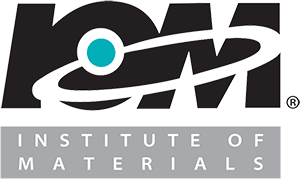"Using The TEOST® MHT-4 To Identify Robust Antioxidant Systems For Modern Engine Oils"
Presented at Dalian Lubricant Technique & Economy Forum, Dalian, China - 2009
2009
Written by Vincent J. Gatto, Albemarle Corporation Baton Rouge, Louisiana and Jenny Liu, Jinhai Albemarle, Shanghai, China
-- Dalian Lubricant Technique & Economy Forum, Dalian, China, September 24-25, 2009
Abstract: A research tool has been developed that utilizes the Thermo-Oxidation Engine Oil Simulation Test (TEOST ®) MHT-4 to collect information on engine oil oxidation and deposit formation. The technique capitalizes on the traditional TEOST® features as a deposit formation test, but also generates additional oxidation information by monitoring peak increase in the carbonyl region of the Fourier Transform Infrared Spectrum (FT-IR) of TEOST® used oils and volatiles. The data on overall oxidation and deposit formation is used to generate a "robustness" model for modern engine oil degradation. the tool is used to study low phosphorus Group II passenger car engine oils formulated with different types of antioxidants and a molybdenum dithiocarbamate (MoDTC). The model shows that improved oxidation and deposit control can be achieved by formulating with the molybdenum compound, and that the most effective stabilization system is composed of the organo-molybdenum compound, an alkylated diphenylamine (NDPA), and the hindered phenolic antioxidant 4,4' - methylenebis (2,6-di-tert-butylphenol) (MBDTBP).





